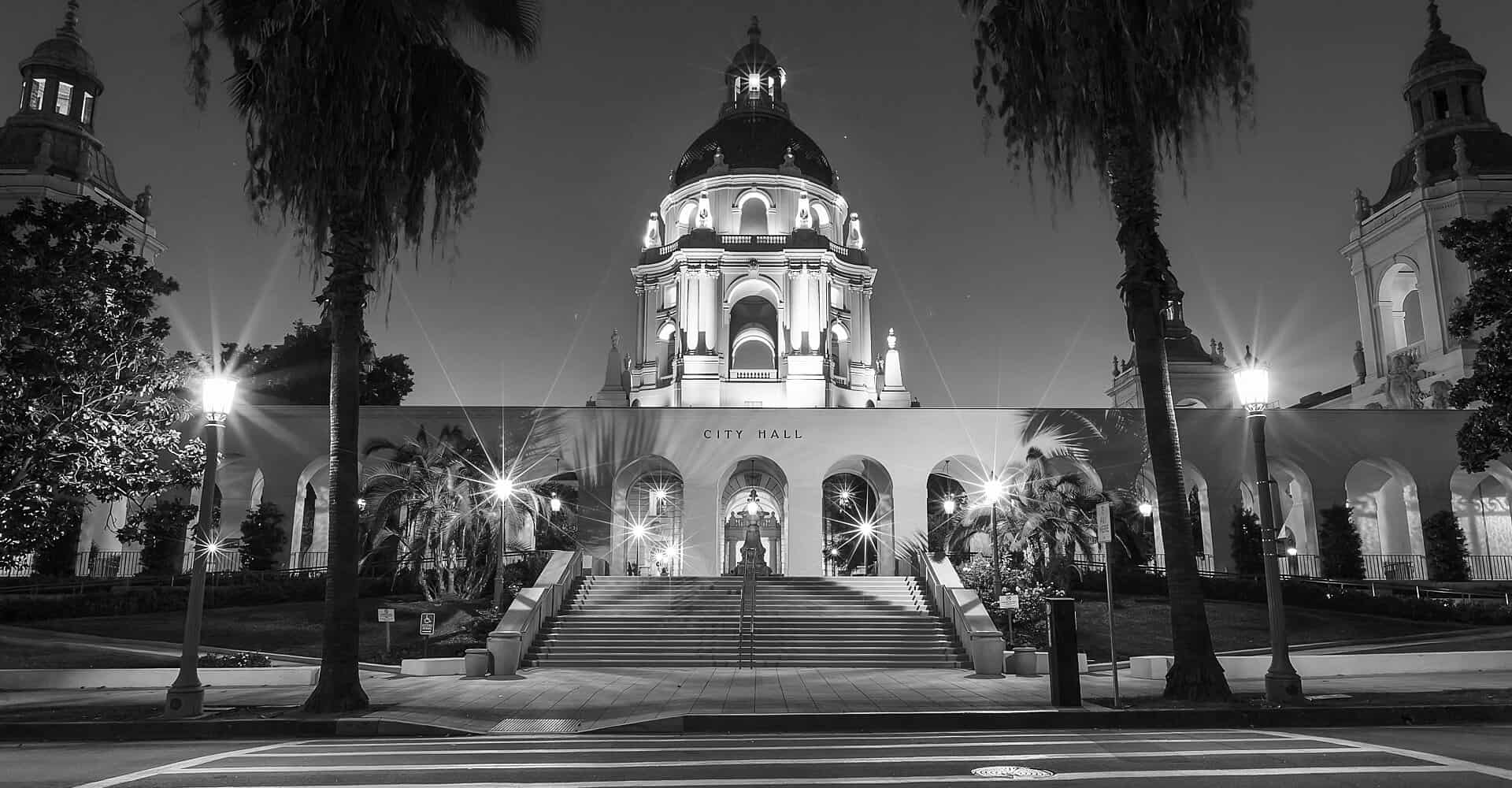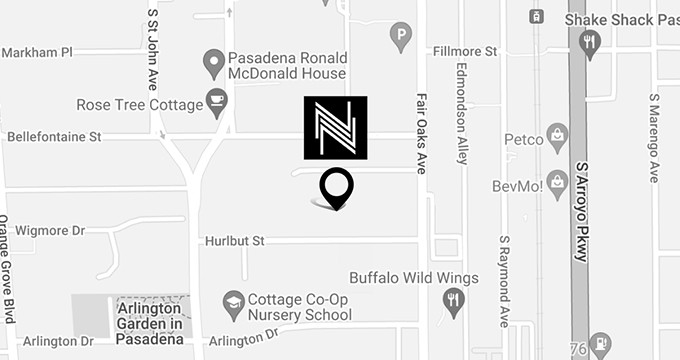
Most women feel less feminine after a mastectomy or lumpectomy, and breast reconstruction aims to restore that sense of self. There are two types of breast reconstruction: implant based and flap based. The right procedure for you depends on your body type, type of breast cancer, cancer treatment details, and overall health. October is National Breast Cancer Awareness Month, and Nima Naghshineh, MD, FACS, wants patients to understand their options for restoring breasts after breast cancer surgery and treatment.
Dr. Nima is a board-certified plastic surgeon and renowned breast reconstruction specialist. He customizes breast reconstruction to fit your needs and considers the oncologic procedure and your cosmetic goals.
What Is Flap Breast Reconstruction?
The flap technique uses fat, skin, and sometimes muscle from another part of your body to sculpt and shape your new breasts. TRAM flaps use tissue, including at least one abdominal muscle, from under the belly button and move the tissues under the skin to the breast area. The TRAM flap keeps blood vessels attached in the abdomen to ensure the transferred tissues retain their blood supply. Free DIEP and muscle-sparing TRAM flaps are other options that sever the donor tissues and reconnect the blood supply in the breasts. The flaps may also be fashioned with tissue from the thighs (TUG) or buttocks (DUG).
Flap breast reconstruction offers a natural look and feel for the new breasts. This procedure provides a larger, softer breast that closely matches the remaining breast for women with a single mastectomy or lumpectomy. The reconstructed breast will age similarly to the natural breast, providing long-term symmetrical results. However, you must have enough tissue in other body areas to transfer to the breasts. Thin women may require implant-based breast reconstruction.
What Is Implant-Based Breast Reconstruction?
This reconstructive procedure uses a silicone shell filled with saline solution or a cohesive silicone gel to restore shape and volume to the breasts after oncologic surgery and cancer treatment. Breast implants offer a natural look but are firmer to the touch and don’t move the same as breast tissue. The reconstructed breast won’t age the same as the remaining breast, and weight gain or loss may cause breast asymmetry. Women with implant-based breast reconstruction may need future surgery to address uneven breasts or switch breast implants.
The implant-based procedure places a tissue expander under or on top of the chest muscle during the mastectomy. Once the tissues have healed for several weeks, Dr. Nima begins filling the tissue expander with saline, slowly stretching the tissues to accommodate a breast implant. Tissue expansion takes about six to eight weeks, and the expander is removed six to eight weeks after that. Dr. Nima then positions the saline or silicone breast implant.
Implant reconstruction is often recommended for women with small, firm breasts. This technique avoids extensive surgery to graft tissues from another body part. However, breast implants are not lifelong medical devices and will need replacing throughout your life, typically every 10 to 15 years.
Implant and flap breast reconstruction can provide excellent cosmetic results and restore femininity. Both types of breast reconstruction come with benefits and risks that Dr. Nima will discuss during your consultation.
Schedule a breast reconstruction consultation with Dr. Nima in Pasadena, California, by calling (626) 696-8181 or filling out our online contact form.


